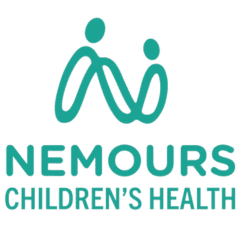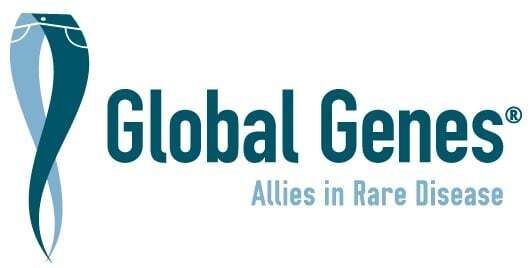
In the ever-evolving landscape of medical science, breakthroughs are continuously being made in the realm of rare disorders. One such area of focus is Complex Lymphatic Anomalies (CLA), a group of rare and intricate conditions affecting the lymphatic system. A presentation by Dr. Kirsten Ricci, a distinguished pediatric hematologist, shed light on the latest advancements in medical treatments for CLA. In this blog, we'll delve into the insights shared during the presentation, exploring how medical science is revolutionizing the approach to CLA treatment.
The Evolution of CLA Treatment
Traditionally, surgical interventions were the go-to approach for managing CLA, given the limited understanding of these enigmatic disorders. However, the past few decades have witnessed a remarkable shift in this paradigm. Collaboration among medical specialists and groundbreaking research have paved the way for a more holistic and effective approach to treating CLA.
Non-Targeted Medical Therapies
One of the significant takeaways from the presentation was the exploration of non-targeted medical therapies. These encompass a range of drugs that influence general cell processes to alleviate various complications associated with CLA. Among the notable options are chemotherapy, calcitonin, bevacizumab (Avastin), thalidomide, and more. By combining these therapies with surgery and radiation, healthcare providers aim to achieve more comprehensive and enduring results.
Steroids, interferon alpha, and bisphosphonates were also discussed as part of the non-targeted arsenal. These medications hold the potential to manage symptoms effectively. However, like any medical intervention, they come with their own set of benefits and potential side effects. Dr. Ricci stressed the importance of a personalized approach, where treatment plans are tailored to each patient's unique medical profile.
The Promise of Targeted Therapies
Intriguingly, the presentation shed light on a newer frontier in CLA treatment: targeted therapies. These innovative medications are designed to pinpoint and rectify specific abnormal signals arising from genetic mutations. One such promising avenue is the use of sirolimus, an mTOR inhibitor. This agent shows remarkable potential in slowing down excessive blood vessel development and cell growth.
Additionally, the emergence of Trametinib, a MEK inhibitor, was a focal point of the presentation. Particularly effective for cases of CLA with specific mutations, Trametinib has demonstrated significant enhancements in patients' clinical status and overall quality of life.
Looking Ahead
Dr. Ricci's presentation emphasized several crucial factors that will shape the future of CLA treatment. Accurate diagnosis, continuous patient assessment, and a robust channel of communication between healthcare providers and patients are paramount. As we journey forward, the landscape of CLA treatment is likely to involve optimal dosing strategies, treatment durations, and the exploration of synergistic therapy combinations.
In conclusion, the presentation by Dr. Kirsten Ricci offered a glimpse into the transformative trajectory of medical treatments for Complex Lymphatic Anomalies. From the days of predominantly surgical interventions to the era of personalized non-targeted and targeted therapies, the progress is nothing short of remarkable. As medical science continues to unravel the complexities of CLA, hope shines brighter for patients grappling with these enigmatic disorders.
Watch Dr. Ricci's presentation










